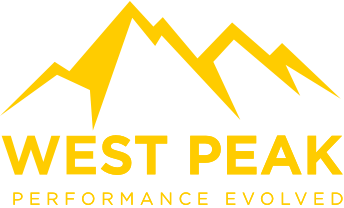Top 5 ways of mastering effective communication in leadership
Let’s discuss effective communication…
It’s something we constantly talk about here at West Peak. The capacity to communicate proficiently is more than a simple skill; it’s a fundamental element of your leadership success. A leader who can express a vision, communicate expectations, and offer constructive criticism cultivates an environment of efficiency and creativity within their team.
In our latest blog post, we will talk about the significance of effective communication for leaders. We will also explore ways to manage performance leadership. This is crucial for guiding a team to perform their best. Here are our top 5 ways to master effective communication in your leadership.
- Set Clear Expectations
Effective communication begins with setting clear expectations. Leaders must articulate their vision, mission, and goals in a way that resonates with other team members. Ambiguity breeds confusion, and a lack of clarity can lead to confusion and suboptimal performance.
- Promote Active Listening
Communication is a two-way street, and leaders must be adept at active listening. By genuinely listening to team members’ thoughts, concerns, and ideas, leaders not only gain valuable insights but also demonstrate respect and empathy. This fosters a culture of collaboration and trust.
- Providing Constructive Feedback
Feedback is a powerful tool for improvement, but it must be delivered constructively. Effective leaders offer feedback that is specific, timely, and focused on behaviours rather than personal attributes. This approach encourages growth and development rather than demoralising team members.
- Adapt your Communication Styles
Different individuals have unique communication styles and preferences. A skilled leader recognizes these differences and adapts their communication style accordingly. Whether it’s through one-on-one meetings, group discussions, or written communication, versatility is key.
- Create an Open Communication Culture
Leaders should actively promote an open communication culture within their teams. Encouraging team members to share ideas, express concerns, and provide input fosters a sense of inclusivity and ownership. An open culture also helps identify and address potential issues before they escalate.
We follow a number of strategies around performance leadership here at West Peak.
Begin by defining clear and achievable goals for both the team as a whole and individual team members. Ensure that everyone understands the objectives and the role they play in achieving them. This clarity serves as a roadmap for success.
Try to establish regular check-ins with your team. Regular communication is vital for tracking progress and addressing any challenges that may arise. Schedule regular check-ins with team members to discuss ongoing projects, provide updates, and address any concerns. These check-ins can be in the form of one-on-one meetings or team huddles.
Implement performance metrics to objectively measure progress and success. Metrics provide a tangible way to assess performance, identify areas for improvement, and recognize outstanding contributions. Regularly review and discuss these metrics with the team to maintain accountability.
You can also foster a culture of continuous improvement by encouraging a growth mindset. Emphasise that mistakes are opportunities for learning and development, not failures. When team members feel supported in their pursuit of growth, they are more likely to take risks and contribute to overall performance.
Provide Recognition and Rewards by acknowledging and celebrating work achievements, both large and small. Recognition and rewards can be powerful motivators, boosting morale and reinforcing positive behaviours. Publicly acknowledging accomplishments also contributes to a positive team culture.
The worst thing you can do is not to address performance Issues Promptly. If performance issues arise, address them promptly and constructively. Rather than waiting for formal performance reviews, provide timely feedback and collaborate with team members to develop strategies for improvement. A proactive approach demonstrates a commitment to individual and team success.
Effective communication and performance leadership go hand in hand in creating a thriving and successful team. By mastering the art of communication, setting clear expectations, actively listening, and incorporating strategies for performance leadership, leaders can guide their teams to new heights.
Remember though, communication is not just about words; it’s about fostering a culture of understanding, collaboration, and continuous improvement. As leaders invest time and effort into refining their communication skills, they set the stage for a team that is not only high-performing but also resilient and adaptable in the face of challenges.
Subscribe to our Podcast
Hosted by our very own Ben Stocken and Benjamin Wade our ‘How They Lead’ podcast aims to evolve the way people perform in leadership roles by showcasing a variety of high performance interviews with people from Patrick Kershaw from The RAF Red Arrows to CEO’s like Steve Phillips who help large brands like Pepsi, Mars and Unilever.
Get one step ahead – Click below to subscribe.










